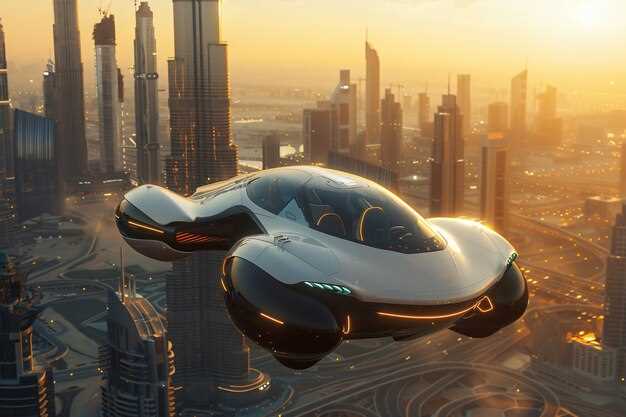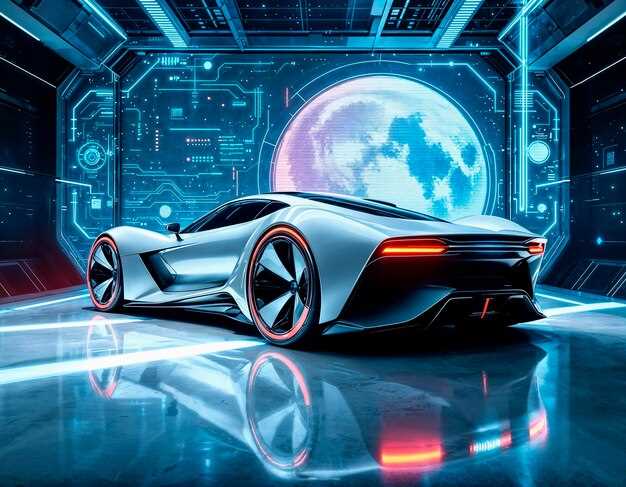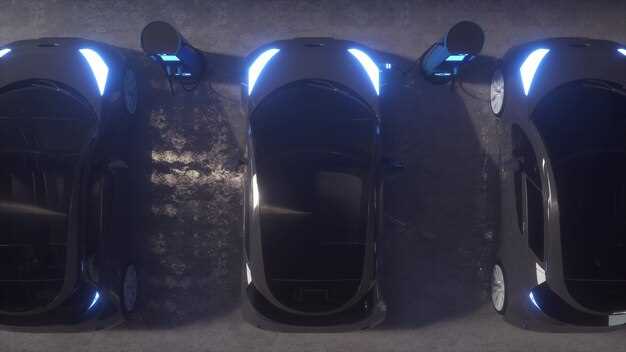
The automotive industry is undergoing a revolutionary transformation, with technology playing a pivotal role in shaping the future of personal and commercial vehicles. At CES 2025, the world’s leading consumer electronics show, attendees were treated to a showcase of groundbreaking innovations that are set to redefine the driving experience. From advanced driver-assistance systems to cutting-edge electric powertrains, this year’s event highlighted the intersection of technology and automobiles like never before.
One of the key themes at CES 2025 was the integration of smart technology into cars, enhancing both safety and convenience for drivers. Innovations such as artificial intelligence-driven navigation systems and real-time traffic analysis promise to make driving not only easier but significantly safer. These technologies leverage data from various sources, providing a seamless driving experience that is both intuitive and responsive to changing road conditions.
Moreover, the rise of electric vehicles (EVs) was prominently featured at the show, drawing attention to the advancements in battery technology and charging infrastructure. Companies are now focusing on increasing efficiency and reducing charging times, which could expedite the widespread adoption of electric cars. As major automotive manufacturers unveil their latest EV models equipped with next-gen technology, the push towards sustainability remains a central theme in the industry’s evolution.
CES 2025 has set the stage for the future of cars, where technology is not just an enhancement but a fundamental component of modern vehicles. As these innovations continue to evolve, they promise to reshape the automotive landscape, offering consumers safer, smarter, and more efficient transportation solutions.
Breakthrough Electric Vehicle Features and Integration

The CES 2025 expo showcased remarkable advancements in electric vehicle (EV) technology, setting the stage for the future of automotive innovation. Leading manufacturers unveiled groundbreaking features designed to enhance efficiency, safety, and user experience. One of the most notable developments was the integration of advanced battery technologies that offer faster charging times and longer ranges, addressing two of the most significant barriers to EV adoption.
Moreover, several cars demonstrated the use of AI-driven predictive maintenance systems that analyze vehicle performance in real-time. This technology can alert drivers about potential issues before they become serious problems, significantly reducing downtime and repair costs. These intelligent systems also contribute to enhanced safety by utilizing sensor data to monitor driver behavior and road conditions.
Connectivity remains a focal point, with vehicles now capable of seamless integration with smart home devices and mobile applications. This feature allows car owners to control household appliances remotely, manage charging schedules, and receive notifications–all from the convenience of their EV’s dashboard. In addition, enhanced infotainment systems featuring AR (augmented reality) navigation tools were presented, offering drivers an immersive experience as they navigate urban landscapes.
Another exciting development was the debut of solar panel integration in EV designs, which allows cars to harness sunlight to recharge their batteries, further promoting sustainability. This feature not only reduces dependence on traditional charging infrastructure but also enhances the overall energy efficiency of electric vehicles.
Certain manufacturers emphasized the importance of personalized user experiences, utilizing biometric recognition for unlocking and starting vehicles. This technology enables drivers to enjoy a unique, tailored journey, as settings and preferences can be automatically adjusted based on individual profiles.
In conclusion, the innovations showcased at CES 2025 illustrate the rapid evolution of electric vehicle technology. The integration of cutting-edge features enhances efficiency, connectivity, and personalization, paving the way for a revolutionary shift in how consumers interact with automotive technology.
Advancements in Autonomous Driving Systems

At CES 2025, the expo showcased groundbreaking innovations in autonomous driving systems that promise to redefine the future of cars. Key advancements include enhanced sensor technology, artificial intelligence algorithms, and improved vehicle-to-everything (V2X) communication. These developments aim to create safer, more efficient driving experiences.
One of the standout technologies demonstrated was the use of advanced LiDAR systems capable of detecting obstacles with unprecedented precision, even in challenging weather conditions. This allows cars to navigate complex environments while minimizing the risk of accidents.
Additionally, AI-driven predictive analytics are being integrated into autonomous systems. By processing vast amounts of real-time data, these technologies can anticipate potential hazards and adjust driving behavior accordingly. The result is a smoother ride and enhanced safety for both passengers and pedestrians.
Moreover, the introduction of next-generation V2X communication enables cars to interact with traffic signals, infrastructure, and other vehicles. This connectivity optimizes traffic flow and can significantly reduce congestion, promoting a more sustainable transportation system.
As these advancements in technology continue to evolve, the dream of fully autonomous vehicles is becoming increasingly attainable. Companies are actively collaborating to refine their systems, ensuring they meet regulatory standards and public safety expectations. The future of autonomous driving is not only about innovation but also about building trust and reliability in the technology that will lead our roads.
Smart Connectivity Solutions in Modern Automobiles
The automotive industry is undergoing a significant transformation, largely driven by technology innovations showcased at events like CES 2025. One of the most remarkable advancements is the integration of smart connectivity solutions in modern cars. These systems enhance vehicle performance, improve user experience, and foster seamless interactions between vehicles and their environments.
At the forefront of these innovations is the advent of Vehicle-to-Everything (V2X) communication. This technology enables cars to communicate not only with each other but also with infrastructure elements, such as traffic lights and road signs. By sharing real-time data, V2X improves traffic management, reduces congestion, and enhances safety on the roads.
Moreover, developments in in-car connectivity amplify the relationship between drivers and their vehicles. Modern cars now offer advanced infotainment systems equipped with artificial intelligence, allowing for voice recognition and personalized interaction. Drivers can access navigation, entertainment, and vehicle diagnostics effortlessly, creating a more engaging driving experience.
Wi-Fi hotspots and 5G integration are transforming how we connect while on the move. With high-speed internet access, passengers can stream content seamlessly or connect multiple devices. This connectivity ensures that both driver and passengers remain engaged and informed during their journeys, reflecting the modern demand for constant connectivity.
Additionally, cybersecurity measures are gaining prominence to protect these advanced systems from potential threats. As vehicles become more reliant on technology, manufacturers are implementing robust security protocols to safeguard user data and ensure safe operations.
In conclusion, smart connectivity solutions represent a significant leap in automotive technology, enhancing safety, convenience, and overall user satisfaction in modern automobiles. As demonstrated at CES 2025, these innovations are not just trends; they are the foundation of the future of driving.
